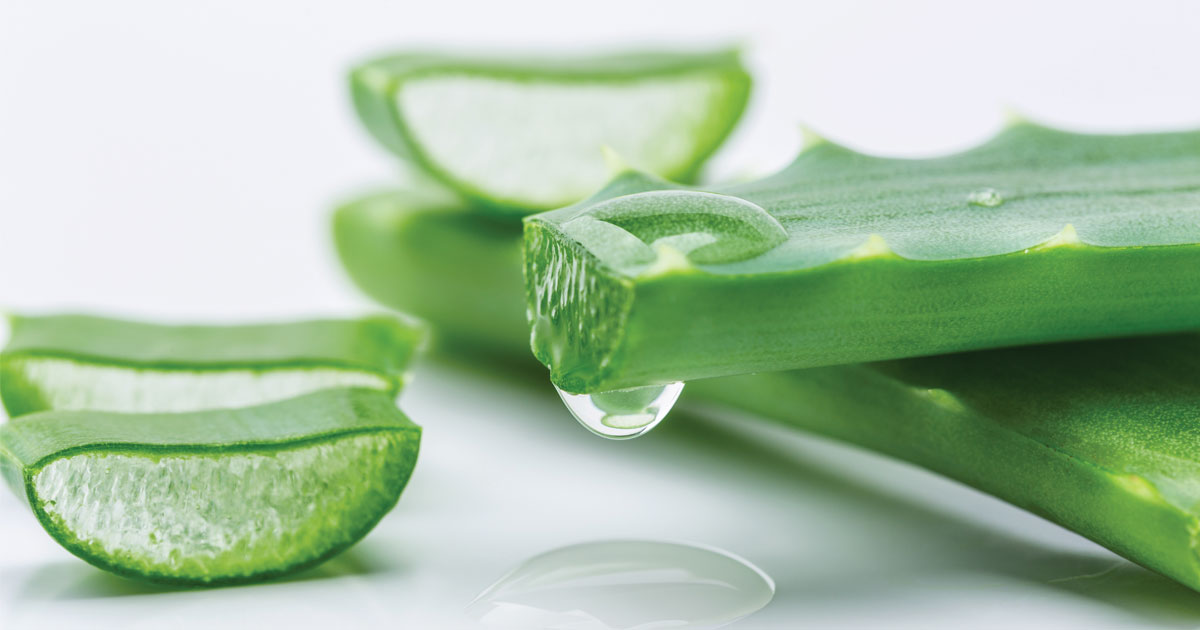How to Use Aloe Vera for Sunburn
Outline
- Introduction
- Importance of Aloe Vera for Sunburn Relief
- Brief Overview of Aloe Vera’s Benefits
- Understanding Sunburn
- What is Sunburn?
- Causes of Sunburn
- Symptoms of Sunburn
- Why Aloe Vera is Effective for Sunburn
- Healing Properties of Aloe Vera
- Scientific Studies Supporting Aloe Vera Use
- Preparing Aloe Vera for Sunburn Treatment
- Harvesting Aloe Vera Gel
- Using Store-Bought Aloe Vera Gel
- How to Apply Aloe Vera to Sunburn
- Step-by-Step Application Process
- Frequency of Application
- Aloe Vera Recipes for Sunburn Relief
- Aloe Vera and Coconut Oil
- Aloe Vera and Honey
- Aloe Vera and Essential Oils
- Precautions When Using Aloe Vera
- Allergic Reactions
- Proper Storage
- Benefits of Using Aloe Vera for Sunburn
- Immediate Relief
- Skin Hydration
- Reduction of Inflammation
- Alternative Uses of Aloe Vera for Skin Care
- Aloe Vera for Moisturizing
- Aloe Vera for Acne Treatment
- Combining Aloe Vera with Other Sunburn Remedies
- Aloe Vera and Cold Compress
- Aloe Vera and Hydration
- Myths and Facts About Aloe Vera
- Common Misconceptions
- Verified Benefits
- When to See a Doctor for Sunburn
- Severe Symptoms
- Infection Signs
- Long-term Sunburn Care with Aloe Vera
- Preventing Future Sunburns
- Aloe Vera for Scar Prevention
- Frequently Asked Questions
- Is Aloe Vera Safe for All Skin Types?
- How Long Does Aloe Vera Take to Heal Sunburn?
- Can Aloe Vera Be Used on Children?
- What Part of the Aloe Vera Plant is Used?
- Can Aloe Vera Expire?
- Conclusion
- Summary of Aloe Vera Benefits for Sunburn
- Encouragement to Use Aloe Vera for Sunburn Relief
Article
Introduction
Sunburns can be a painful and uncomfortable reminder of too much fun in the sun. Luckily, there’s a natural remedy that can provide relief and promote healing: aloe vera. This green, spiky plant is more than just a pretty addition to your garden; it’s a powerhouse of skin benefits, especially when it comes to soothing sunburns. Let’s dive into how you can use aloe vera to treat sunburn effectively.
Understanding Sunburn
What is Sunburn?
Sunburn is a type of skin damage caused by overexposure to ultraviolet (UV) rays from the sun. It results in red, inflamed, and sometimes blistered skin.
Causes of Sunburn
Sunburn occurs when the skin is exposed to too much UV radiation without adequate protection. Factors include time of day, skin type, and the intensity of sun exposure.
Symptoms of Sunburn
Symptoms can range from mild redness and irritation to severe pain, swelling, and blistering. Long-term effects of repeated sunburns include premature aging and increased risk of skin cancer.
Why Aloe Vera is Effective for Sunburn
Healing Properties of Aloe Vera
Aloe vera is known for its anti-inflammatory, soothing, and hydrating properties. It contains compounds like polysaccharides, which help repair damaged skin, and gibberellin, which promotes new cell growth.
Scientific Studies Supporting Aloe Vera Use
Numerous studies have highlighted aloe vera’s effectiveness in treating sunburns. Research shows that aloe vera accelerates the healing process by increasing blood circulation and preventing cell death around a burn.
Preparing Aloe Vera for Sunburn Treatment
Harvesting Aloe Vera Gel
To harvest aloe vera gel, cut a mature leaf from the plant, slice it open lengthwise, and scoop out the clear, gel-like substance inside. Make sure to wash the leaf thoroughly before extraction.
Using Store-Bought Aloe Vera Gel
If you don’t have an aloe vera plant, store-bought aloe vera gel can be a convenient alternative. Ensure you choose a product that is as close to 100% pure aloe vera as possible, without added dyes or perfumes.
How to Apply Aloe Vera to Sunburn
Step-by-Step Application Process
- Clean the affected area gently with cool water.
- Pat dry with a soft towel.
- Apply a generous layer of aloe vera gel directly to the sunburned skin.
- Let the gel absorb into the skin and reapply as needed.
Frequency of Application
For best results, apply aloe vera gel every few hours, especially during the first couple of days after the sunburn occurs.
Aloe Vera Recipes for Sunburn Relief
Aloe Vera and Coconut Oil
Mix aloe vera gel with coconut oil for added moisture. Coconut oil’s fatty acids help to nourish and hydrate the skin.
Aloe Vera and Honey
Combine aloe vera gel with honey, known for its antibacterial and healing properties, to enhance the soothing effect.
Aloe Vera and Essential Oils
Add a few drops of lavender or peppermint essential oil to aloe vera gel for extra soothing and cooling benefits.
Precautions When Using Aloe Vera
Allergic Reactions
While aloe vera is generally safe, some people may experience allergic reactions. Always do a patch test before applying it to a large area.
Proper Storage
Store aloe vera gel in a cool, dark place to maintain its potency. Fresh gel should be refrigerated and used within a week.
Benefits of Using Aloe Vera for Sunburn
Immediate Relief
Aloe vera provides instant cooling relief, reducing the stinging and burning sensation associated with sunburn.
Skin Hydration
Its hydrating properties help prevent peeling and dryness, which are common aftereffects of sunburn.
Reduction of Inflammation
Aloe vera’s anti-inflammatory compounds help reduce redness and swelling, promoting faster healing.
Alternative Uses of Aloe Vera for Skin Care
Aloe Vera for Moisturizing
Aloe vera is an excellent natural moisturizer for dry skin, keeping it soft and supple without feeling greasy.
Aloe Vera for Acne Treatment
Its antibacterial properties make aloe vera effective in treating acne and preventing future breakouts.
Combining Aloe Vera with Other Sunburn Remedies
Aloe Vera and Cold Compress
Apply a cold compress to the sunburned area before using aloe vera gel for extra relief.
Aloe Vera and Hydration
Drink plenty of water to stay hydrated and help your skin heal from the inside out.
Myths and Facts About Aloe Vera
Common Misconceptions
Some believe that aloe vera can cure all skin issues. While it’s beneficial, it’s not a miracle cure for everything.
Verified Benefits
Scientific research supports many of aloe vera’s skin-healing properties, particularly for sunburn and minor wounds.
When to See a Doctor for Sunburn
Severe Symptoms
If you experience severe pain, extensive blistering, or signs of heatstroke, seek medical attention.
Infection Signs
If the sunburned area shows signs of infection, such as increased redness, swelling, or pus, consult a doctor immediately.
Long-term Sunburn Care with Aloe Vera
Preventing Future Sunburns
Use sunscreen, wear protective clothing, and avoid peak sun hours to prevent future sunburns.
Aloe Vera for Scar Prevention
Regular application of aloe vera can help minimize the appearance of scars from severe sunburns.
Conclusion
Aloe vera is a versatile and effective natural remedy for sunburn. Its soothing, hydrating, and healing properties make it an essential part of any sunburn treatment routine. By incorporating aloe vera into your skincare regimen, you can ensure quick relief and promote overall skin health. Give aloe vera a try and experience the magic for yourself!
Frequently Asked Questions
Is Aloe Vera Safe for All Skin Types? Yes, aloe vera is generally safe for all skin types, but always do a patch test first.
How Long Does Aloe Vera Take to Heal Sunburn? Healing time varies, but many people notice improvement within a few days of regular application.
Can Aloe Vera Be Used on Children? Yes, aloe vera is safe for children, but always consult a pediatrician for severe cases.
What Part of the Aloe Vera Plant is Used? The inner gel of the aloe vera leaf is used for skin treatments.
Can Aloe Vera Expire? Yes, fresh aloe vera gel can expire and should be used within a week when refrigerated.
Full Article Here: askchords.com











